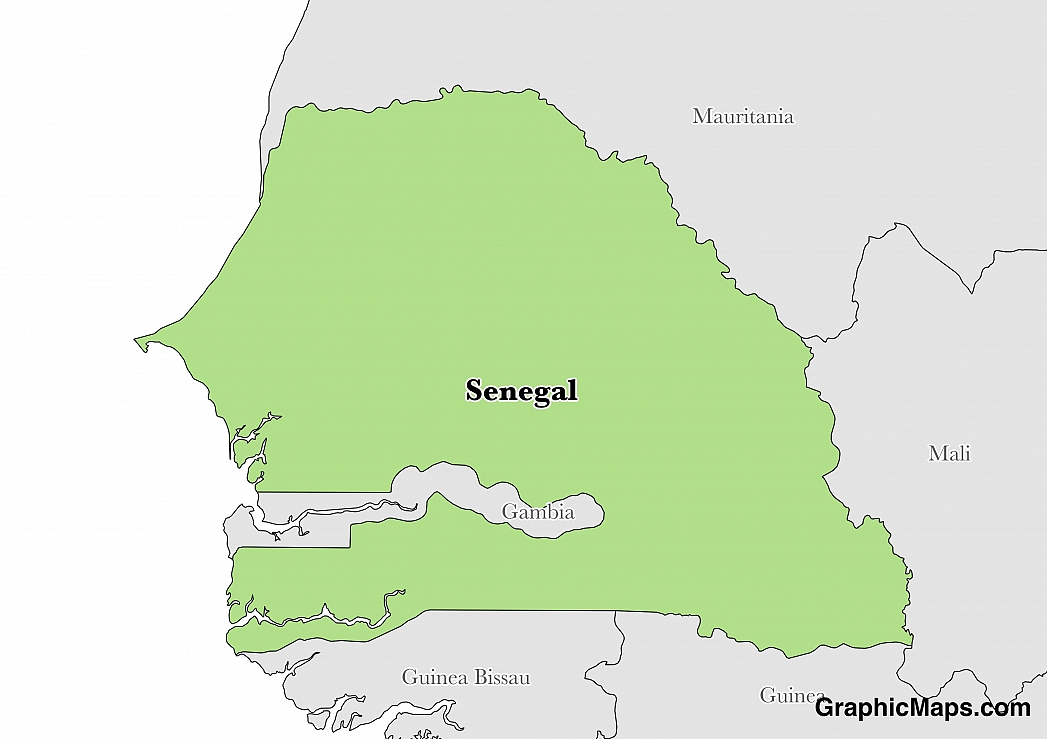The capital city of Senegal is Dakar, located on the western coast of the country on the Atlantic Ocean. Dakar was settled in the 15th century by the Portuguese Empire and later taken over by France in 1677 after the abolishment of the slave trade. The area became a major city in the French Empire due to location and infrastructure built in the area from past merchants. The city is the most western point of the country and has served as an important trading port for centuries.
The population of Dakar city is estimated at 1.03 million, but the surrounding metropolitan area contains a total of 2.45 million. Population density for the city is 12,510 people per square kilometre (32,400 per square mile) and the majority of citizens are considered Wolof. Approximately 95% of the population are considered practitioners of Islam with the remaining 5% are Christians.
The location of Dakar makes it an ideal location for boating, fishing and hiking across beaches. One of the best outdoor activities in Dakar is the Accrobaobab Adventure centre which combines teamwork activities with challenging outdoor pursuits. The local music scene, cuisine, and libraries offer a glimpse into the everyday life of a Dakarian citizen. There are also many monuments and old French architecture that makes Dakar a unique location for travel.
The environment of Dakar is considered a hot, semi-arid climate with a long dry season and a short rainy season in August and September. The best time of the year to visit Dakar is between December-April when average high temperatures range between 25.4 degrees Celsius (77.7 degrees Fahrenheit) and 27.4 degrees Celsius (81.3 degrees Fahrenheit). Between July-November, average high temperatures are between 30-31 degrees Celsius (86-87.8 degrees Fahrenheit). Dakar is not as hot as the interior areas of Senegal due to coastal winds from the North Atlantic Ocean.
This page was last modified on May 1st, 2018
More on Graphicmaps

Published on 2019-11-06
What is a Trade Embargo?

Published on 2019-11-04
Which Two Countries Used to Have the Same Flag?

Published on 2019-09-16
What Is the Only Two-Sided State Flag?

Published on 2019-09-16
Which Country Flag Looks Like the Texas Flag?

Published on 2019-08-29
Flags That Resemble the US Flag

Published on 2019-08-20
